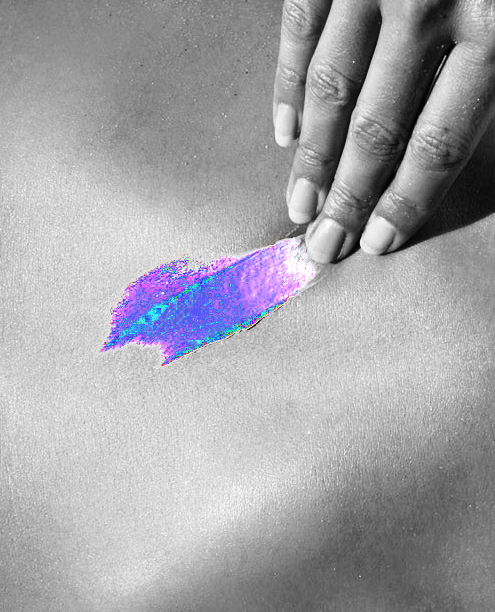No worries seen for nano-screens
 A new review has found nanoparticle sunscreens are safe and effective.
A new review has found nanoparticle sunscreens are safe and effective.
Growing public concern about the new generation of sunscreens is misplaced, according to reports by an RMIT expert in the journal MJA.
Many peoples’ fears about nano-sunscreens began after reports that nanoparticles could bleach the painted surfaces of coated steel.
But associate Professor Paul Wright from RMIT University says steel is different to skin.
“Here they are formulated to remain on the skin’s surface, which is constantly shedding its outer layer of dead cells,” he writes.
Zinc oxide nanoparticles are considered beneficial in sunscreens because they are broad spectrum UV filters, UV-stable, non-irritating, hypoallergenic, and transparent.
They also have “a greater UV-attenuating capacity than bulk material (particles larger than 100 nm in diameter) on a per weight basis,” writes A/Prof Wright.
Many studies have shown metal oxide nanoparticles do not readily penetrate the skin’s outer layer.
Additional fears are that nanoparticles might increase free radical levels in human skin, but,
according to A/Prof Wright, the evidence points to the opposite being the case.
“We have seen that zinc oxide and rutile titanium dioxide nanoparticles directly reduce the quantity of damaging free radicals in human immune cells in vitro when they are co-exposed to the more penetrating UV-A wavelengths of sunlight.”
A/Prof Wright writes that it was vital to re-assure concerned people that the benefits of nano-sunscreens clearly outweigh the risks.
“The important message to be communicated to the Australian public is that the danger of excessive UV light itself with respect to skin damage and cancer is far greater than the perceived risk posed by nano-sunscreens, which is not supported by the scientific literature,” he concluded.
A/Prof Wright discusses the risks in the video below.








 Print
Print